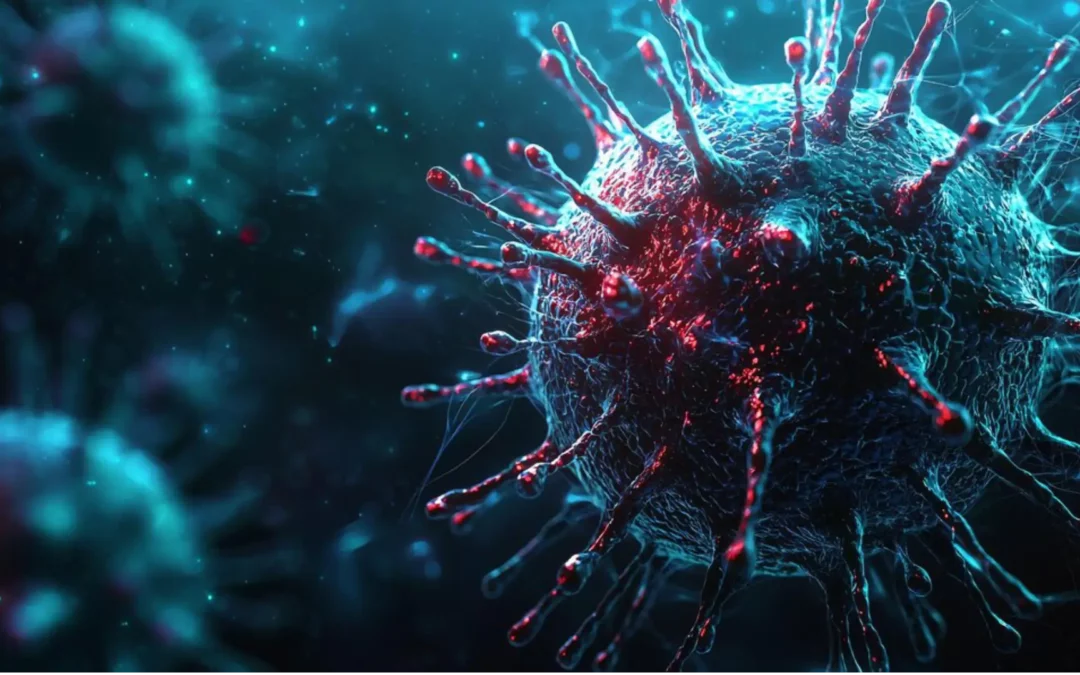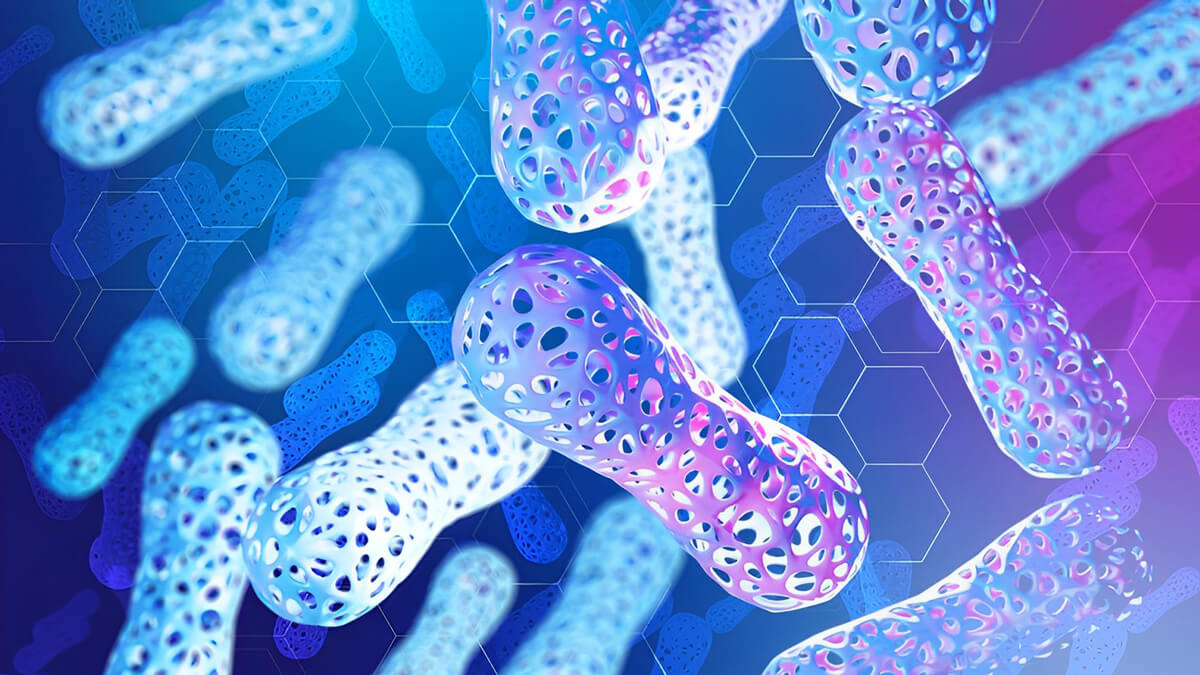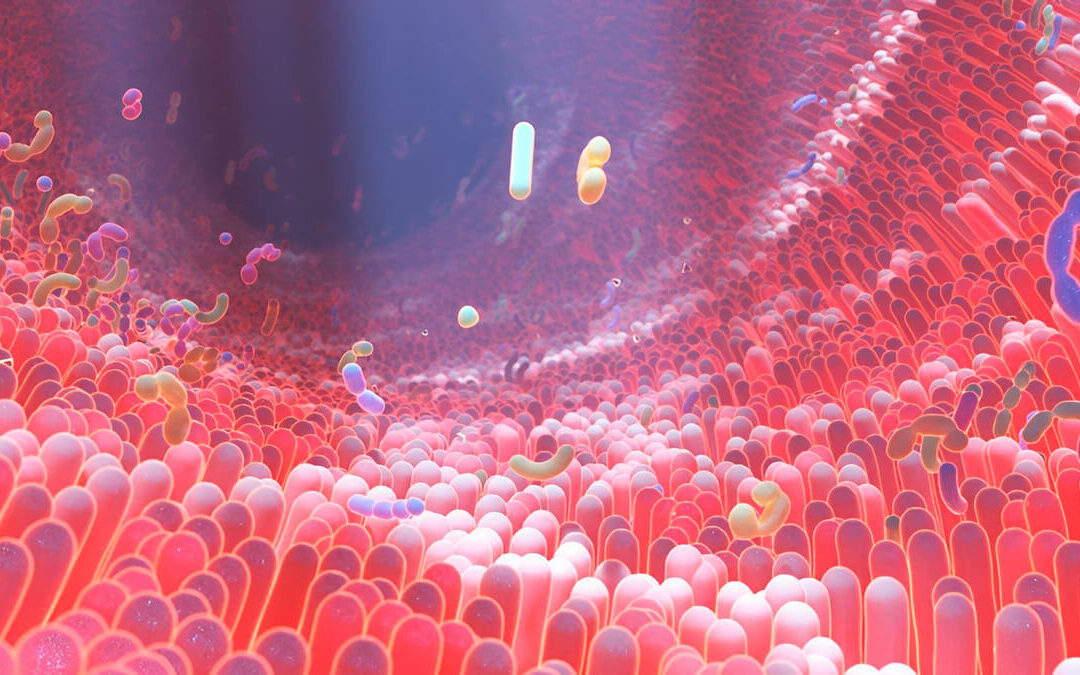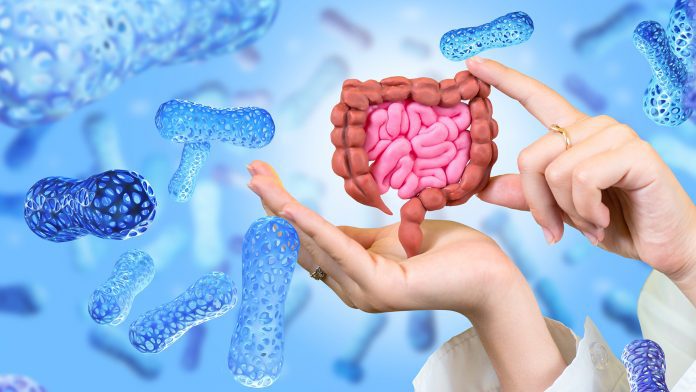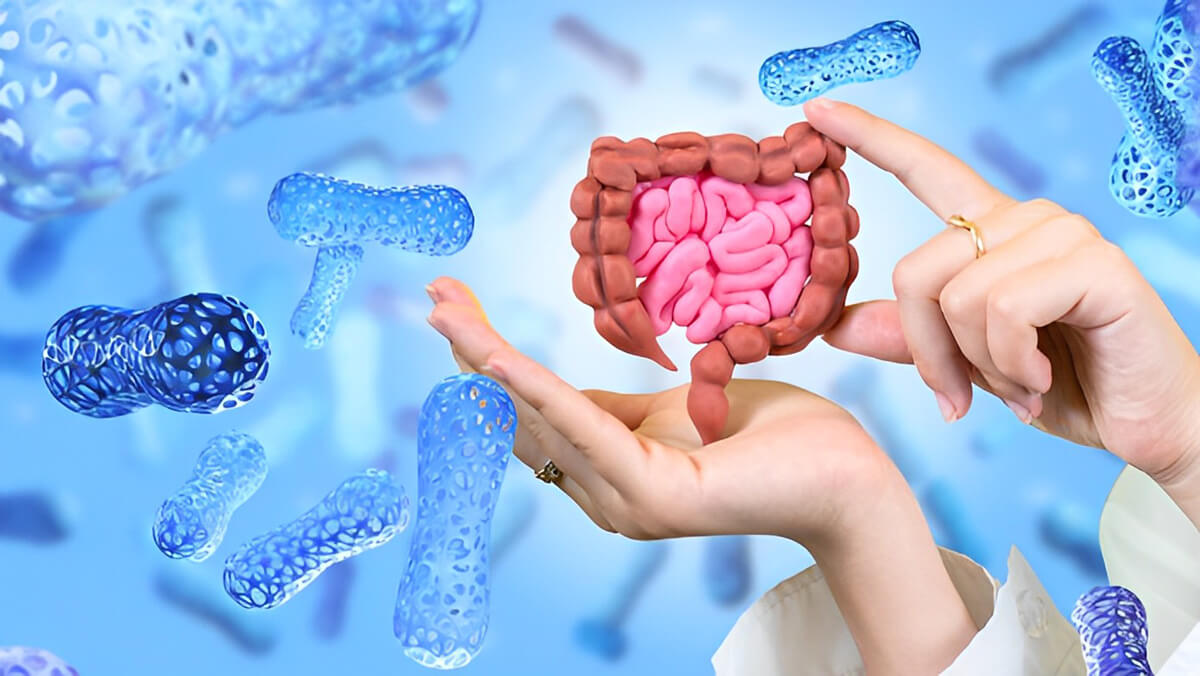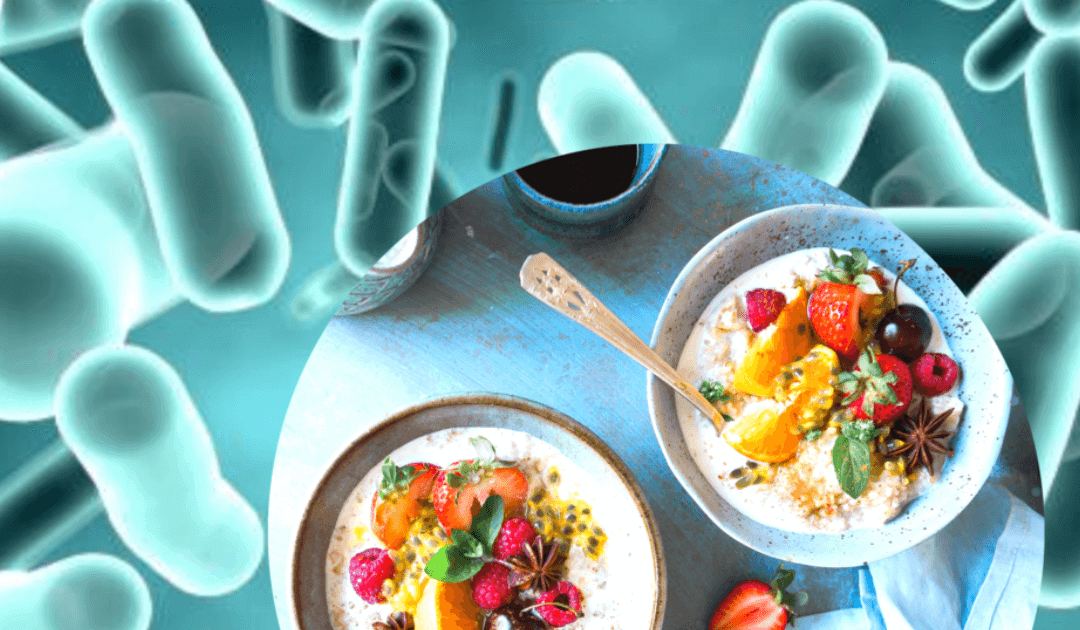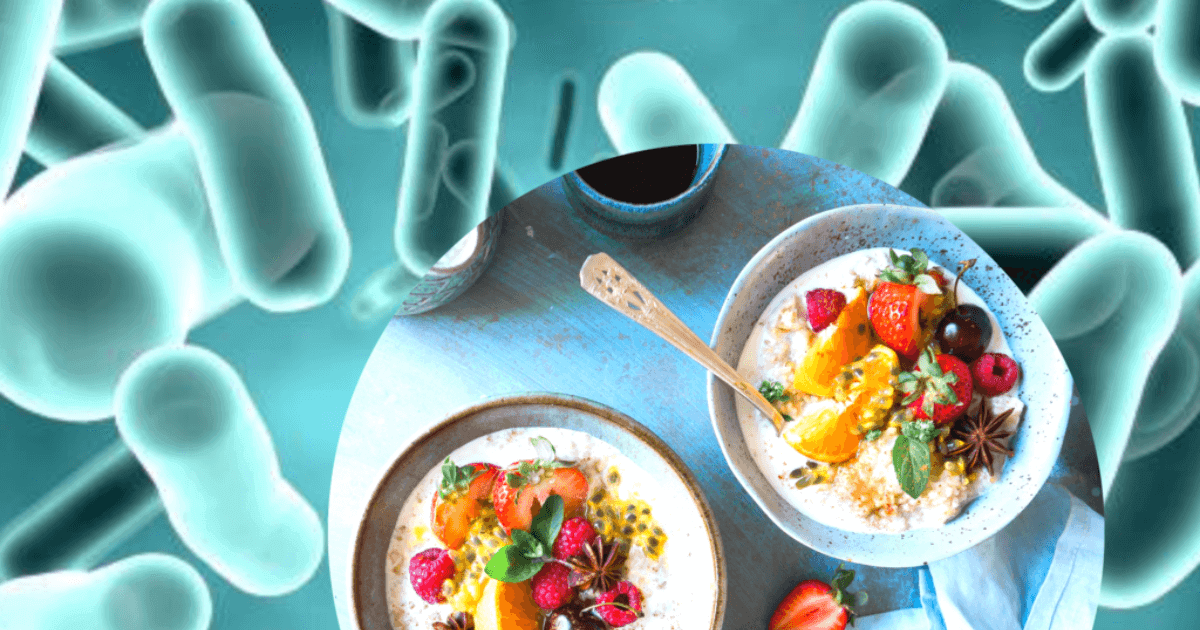
Natural Anti-Viral Compounds: Evidence-Based Insights
Viral infections remain a significant global health challenge, necessitating the development of effective treatment strategies. While pharmaceutical antivirals play a crucial role, natural compounds derived from plants, fungi, and other sources have gained attention for their antiviral properties. This article explores evidence-based natural antiviral compounds, their mechanisms of action, and their potential role in combating viral infections.
Mechanisms of Natural Antiviral Compounds
Natural antiviral agents exert their effects through multiple mechanisms, including:
- Inhibition of viral entry – Blocking virus attachment to host cells.
- Interference with viral replication – Preventing transcription, translation, or genome replication.
- Enhancement of immune response – Modulating the immune system to fight infections.
- Disruption of viral protein function – Targeting essential viral proteins.
Key Natural Antiviral Compounds
1. Quercetin
- Found in onions, apples, and berries, quercetin has demonstrated antiviral activity against influenza, Zika, and SARS-CoV-2.
- Mechanism: Inhibits viral entry and replication by modulating viral polymerases and proteases (Ganesan et al., 2021).
2. Curcumin
- The active compound in turmeric, curcumin possesses broad-spectrum antiviral properties.
- Mechanism: Disrupts viral envelope proteins and inhibits NF-kB-mediated inflammation (Praditya et al., 2019).
3. Epigallocatechin Gallate (EGCG)
- Present in green tea, EGCG has been studied for its activity against hepatitis B, influenza, and coronaviruses.
- Mechanism: Blocks viral attachment and inhibits viral RNA synthesis (Steinmann et al., 2013).
4. Resveratrol
- A polyphenol found in grapes and red wine, resveratrol has shown antiviral effects against herpes simplex virus (HSV), influenza, and MERS-CoV.
- Mechanism: Suppresses viral gene expression and interferes with viral replication (Lin et al., 2017).
5. Glycyrrhizin (Licorice Root)
- Extracted from Glycyrrhiza glabra, glycyrrhizin has demonstrated efficacy against SARS, HIV, and hepatitis C.
- Mechanism: Inhibits viral replication and suppresses inflammatory cytokines (Cinatl et al., 2003).
6. Andrographolide
- Derived from Andrographis paniculata, this compound has been used traditionally to treat viral infections.
- Mechanism: Inhibits viral RNA polymerase and boosts antiviral immune response (Jayakumar et al., 2013).
7. Berberine
- Found in goldenseal and Berberis species, berberine has antiviral properties against herpes simplex and influenza viruses.
- Mechanism: Interferes with viral replication and modulates host immune response (Cecchini & Stebbing, 2020).
8. Nigella Sativa (Black Seed)
- Used in traditional medicine for its immunomodulatory effects.
- Mechanism: Inhibits viral entry and boosts immune response against respiratory viruses (Ulasli et al., 2014).
Clinical Evidence and Challenges
While many of these natural compounds show promise, clinical studies are needed to validate their efficacy and safety. Challenges include:
- Bioavailability issues – Some compounds, such as curcumin, have low absorption rates.
- Standardization – Variability in plant extracts affects consistency in treatment outcomes.
- Drug interactions – Potential interactions with pharmaceuticals need careful assessment.
Conclusion
Natural antiviral compounds provide a promising avenue for complementary and alternative approaches to viral infections. Further research and clinical validation are necessary to fully harness their potential in antiviral therapy.


